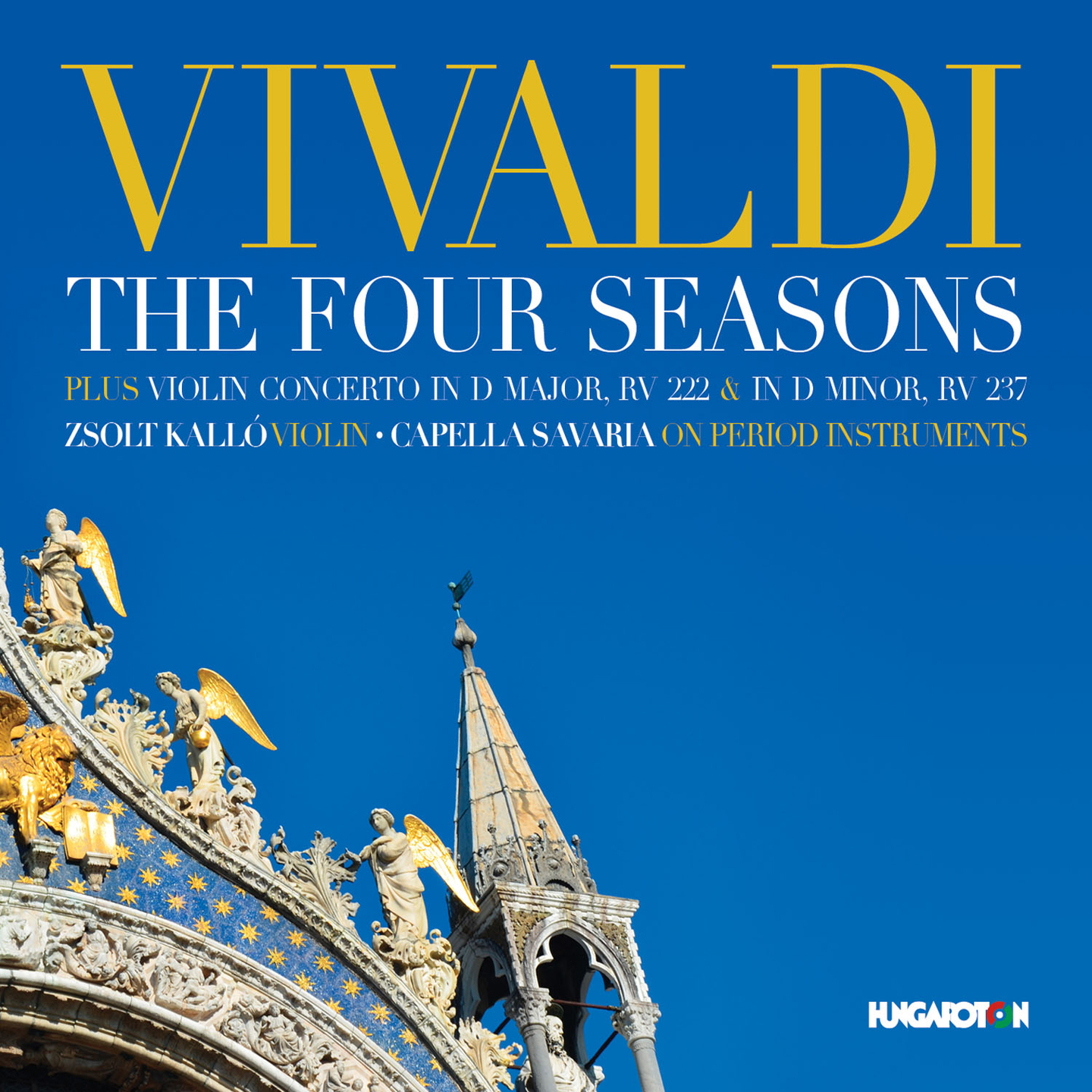

“The Cuatro Estaciones Porteñas: Verano Porteño” – Astor Piazzolla.“The Four Seasons, Violin Concerto in G Minor, Op.🎻 Check out all the Candlelight concerts in San Antonio 🕯️ If you would like to book a private concert, please click here 🪑 Seating is assigned on a first come first served basis in each zone 🍽️ Alcoholic and non-alcoholic beverages will be available for additional purchase Please select Zone D when purchasing tickets ♿ Accessibility: this venue is ADA compliant. Anyone under the age of 16 must be accompanied by an adult 👤 Age requirement: 8 years old or older. ⏳ Duration: 60 minutes (doors open 45 mins prior to the start time and late entry is not permitted) 📅 Dates and times: select your dates/times directly in the ticket selector

Get your tickets now to discover the music of Vivaldi and others at the Josephine Theatre under the gentle glow of candlelight. The sounds are icy and brittle, lilting and delicate, and then a whirling intensity brings the concerto to an end.⭐ Candlelight concerts bring the magic of a live, multi-sensory musical experience to awe-inspiring locations like never seen before in San Antonio. Soloist and first stand of 1 st violins tread carefully on ice in the Allegro. Largo is singing and hopeful, the soloist telling a story of warmth by the fire the orchestra is the rain drip–dropping outside. It shifts quickly to a swirling winter wind. We hear it in the opening of Allegro non molto, quiet and creepy. After all, autumn is the time of harvest, reaping the rewards of the year, letting loose before the freeze of winter. The Allegro is joyful its dotted rhythms evoke a rustic country dance. But this time, the soloist and orchestra are unified, supporting the contrapuntal motion of the basso continuo. Adagio molto again throws on lyricism and melancholy. Allegro gives the soloist a lot of fun passages, moving between lyrical, spritely, and intense. Antonio Lucio Vivaldi (Venice, 4 of March of 1678 Vienna, 28 of 1741 July) was a composer and late Baroque musician, one of the pinnacles of the Baroque, of Western and universal music, his skills are reflected in having laid the concert’s foundations the most important of his time. This movement’s brevity makes it feel more like an interlude, making way for the fury of the Presto. Antonio Vivaldi and the Four Seasons explained. The soloist’s lyricism in the Adagio is offset with intense, repetitive interjections by the orchestra. Allegro non molto is blistering and fierce like the scorching summer sun. Allegro pastorale sees a return to the triumph of the first movement.

The soloist sings the melody with the support of the orchestra. Largo e pianissimo sempre is lyrical and melancholic. In Allegro, we hear the flutter of bird calls between the soloist and the concertmaster (listen to the violas later on you may hear a barking dog!). 8, RV 269, is in E major, a key signature associated with a bright, happy character. These would become core features of the concerto: a classical genre where a solo instrument is supported/in conversation with a larger ensemble, usually an orchestra. Here are several things to listen for: the alteration between sections where the soloist plays with the orchestra and when the soloist is the star ( ritornello form) the fast-slow-fast structure of the concerto the return of the main melody near the end of the movement ( proto-sonata form). But since each sonnet is divided into sections that align with each concerto’s three movements, he likely did. We don’t know for sure that Vivaldi wrote them. Each concerto evokes a particular season, accompanied by a sonnet that describes different seasonal +scenarios. One of Vivaldi’s most famous is The Four Seasons, four concertos for violin, strings, and basso continuo (a supportive part often played by a harpsichord or other keyboard instrument). He didn’t he wrote at least 300, some think as many as 500, though not all of them have survived. Some folks joke that Antonio Vivaldi (1678–1741) wrote the same concerto 200 times.


 0 kommentar(er)
0 kommentar(er)
